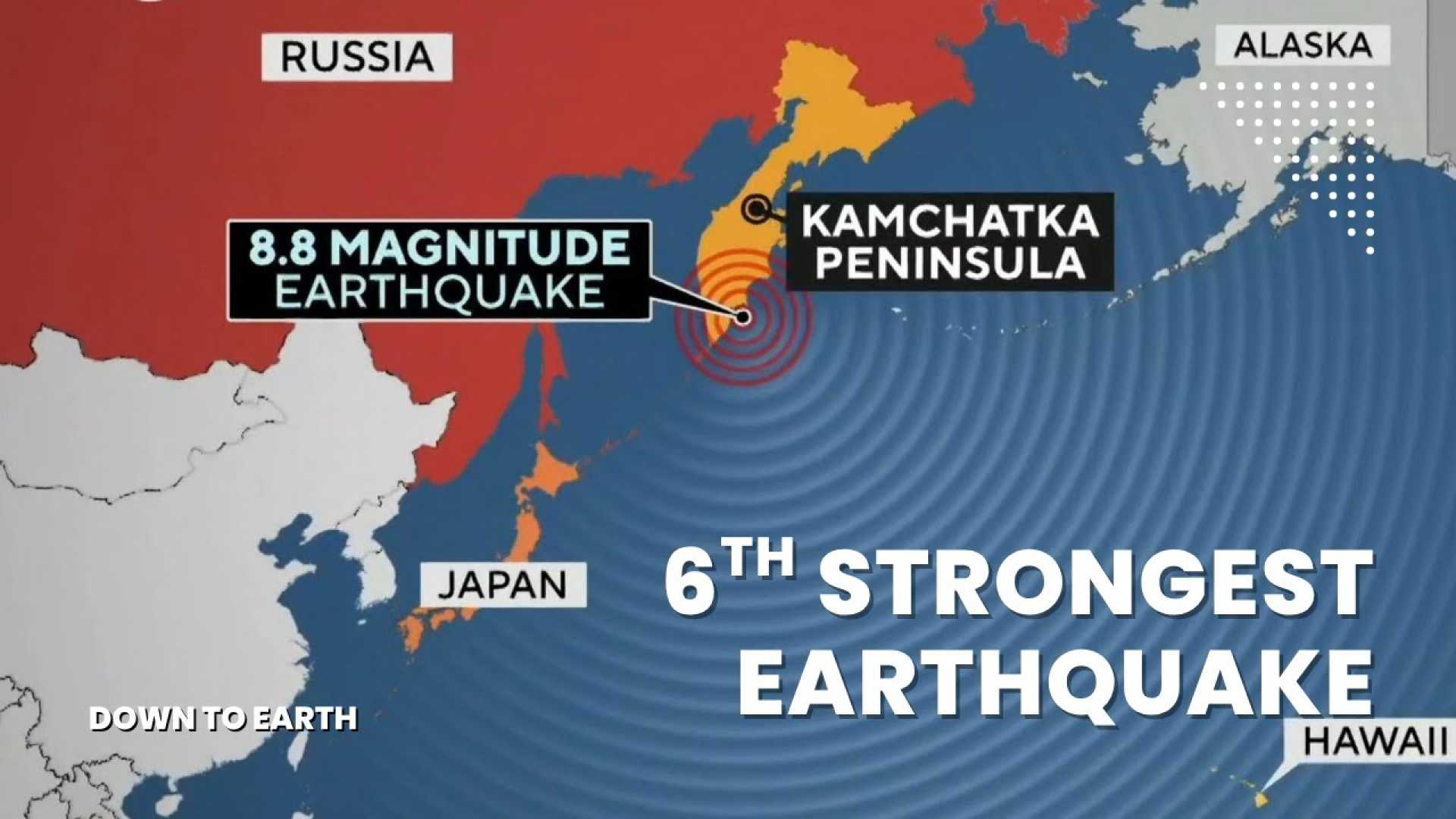News
8.8 Magnitude Earthquake Strikes Russia, Tsunami Alerts Issued Worldwide

SAN FRANCISCO, CA — An 8.8 magnitude earthquake struck off the eastern coast of Russia at 4:25 p.m. PDT on Tuesday, July 29, 2025. The quake, one of the largest ever recorded, triggered tsunami warnings that reached as far as Japan, Canada, and the United States.
Despite its size, the earthquake did not result in a catastrophic tsunami. No deaths were reported, and damage appeared limited to the sparsely populated area near the epicenter off the Kamchatka Peninsula. Reports indicated that tsunami waves reached up to 16 feet in some areas of Russia, but only minor waves were recorded elsewhere.
“In this case, we mostly dodged a bullet,” said Mike Rademaker, harbormaster for Crescent City Harbor, which remembers previous deadly tsunamis in 1964 and 2011. “With tsunamis, location and directionality is everything,” noted Nathan Wood, a tsunami scientist with the U.S. Geological Survey.
The energy from the tsunami appeared to have dissipated as it traveled across the Pacific Ocean, impacting communities closer to the source of the earthquake. Crescent City saw a maximum wave height of around 4 feet, while Hawaii reported the highest wave at 5.7 feet in Kahului.
State Senator Mike McGuire remarked, “It’s a relatively good day,” reflecting on the minimal impact despite the alarming alerts. Initial tsunami forecasts had suggested more serious waves, leading to widespread evacuations across the Pacific region.
By Tuesday evening, forecasts had calmed concerns, indicating the expected tsunami would not exceed 5 feet in Crescent City and would be minor for major population centers like San Francisco. “If the focus of this tsunami’s energy is not pointed right at your coastline, the impacts to you could be pretty limited,” said Dave Snider, tsunami warning coordinator at the National Tsunami Warning Center.
Despite the successful alert system, issues arose with the state’s website crashing under the demands for updates. Public awareness of tsunami risks has improved, but administrative challenges remain, as seen in the past alerts.
Rademaker added that structural improvements in preparation for tsunamis have paid off, which helped protect critical infrastructure during the recent event. “When prepared properly, our systems can absorb the brunt of the surge,” he explained.
However, experts caution that California remains vulnerable to more dangerous tsunamis from future near-shore earthquakes. In December, residents were caught off-guard by a tsunami warning that followed an underwhelming event. Such incidents raise awareness about the need for preparedness as earthquake risks continue.
The 8.8 magnitude earthquake remains the sixth most powerful earthquake recorded in the past 125 years. Tsunami predictions are inherently uncertain, underscoring the importance of continuous monitoring of seismic activity.












